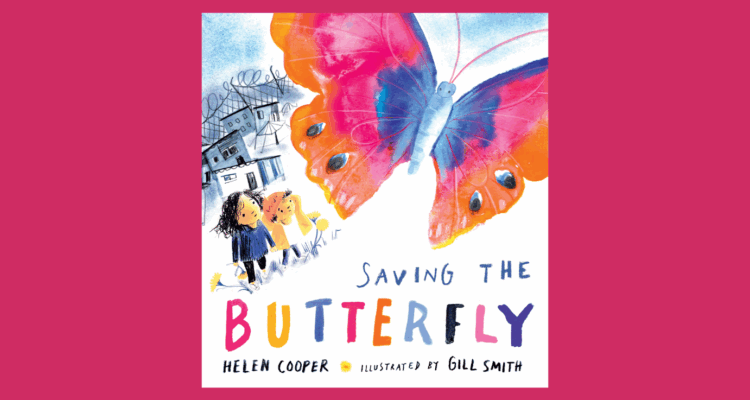Featured Poem: Anthem for Doomed Youth
Seamus Heaney turned 70 last week. In his Nobel Lecture, delivered in 1995, he talked about other poets who have influenced him:
"Even as a schoolboy, I loved John Keats's ode "To Autumn" for being an ark of the covenant between language and sensation; as an adolescent, I loved Gerard Manley Hopkins for the intensity of his exclamations which were also equations for a rapture and an ache I didn't fully know I knew until I read him; I loved Robert Frost for his farmer's accuracy and his wily down-to-earthness; and Chaucer too for much the same reasons. Later on I would find a different kind of accuracy, a moral down-to-earthness to which I responded deeply and always will, in the war poetry of Wilfred Owen, a poetry where a New Testament sensibility suffers and absorbs the shock of the new century's barbarism. Then later again, in the pure consequence of Elizabeth Bishop's style, in the sheer obduracy of Robert Lowell's and in the barefaced confrontation of Patrick Kavanagh's, I encountered further reasons for believing in poetry's ability - and responsibility - to say what happens, to "pity the planet," to be "not concerned with Poetry."
To honour Mr, Heaney's Birthday, we have selected one of Wilfred Owen's best known poems, Anthem for Doomed Youth.
Anthem for Doomed Youth
What passing-bells for those who die as cattle?
Only the monstrous anger of the guns.
Only the stuttering rifles' rapid rattle
Can patter out their hasty orisons.
No mockeries now for them; no prayers nor bells;
Nor any voice of mourning save the choirs,
The shrill, demented choirs of wailing shells;
And bugles calling for them from sad shires.
What candles may be held to speed them all?
Not in the hands of boys, but in their eyes
Shall shine the holy glimmers of good-byes.
The pallor of girls' brows shall be their pall;
Their flowers the tenderness of patient minds,
And each slow dusk a drawing-down of blinds.
Wilfred Owen (1893-1918)
Owen wrote this poem in 1917 while recovering from shell shock at Craiglockhart War Hospital, Edinburgh. Here, he befriended the other famous war poet Siegfried Sassoon. The poem is written in the form of a Petrarchan sonnet, but uses the rhyming scheme of an English sonnet as traditionally used by Shakespeare.
Much of the imagery demonstrates Christian funeral rites and the poem starts amid the tumultuous noise of gunfire, shells and the confusion of the battleground and moves in to a state of a doleful, forlorn and haunting silence. The poem mourns the futility of those lost in World War I.
Share
Related Articles

Storybarn Book of the Month: Saving the Butterfly
This month, as part of Refugee Week (16-22 June), we've been taking a look back at one of our favourites…

June’s Stories and Poems
This month we are celebrating the natural world, and especially the many wonderful creatures that live within it, with June’s…

April’s Monthly Stories and Poems
Our year of Wonder with The Reader Bookshelf 2024-25 is coming to a close – though we won’t be putting…


